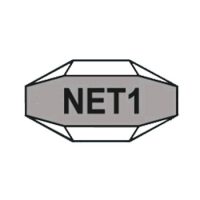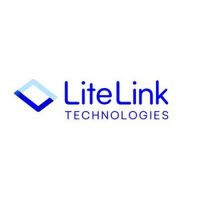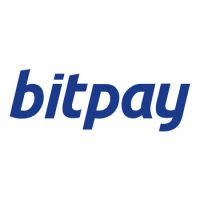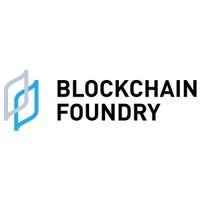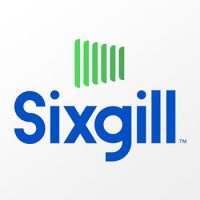Blockchain
Gate.io Offers Zero-Fee Trading on Key Spot and Contract Markets
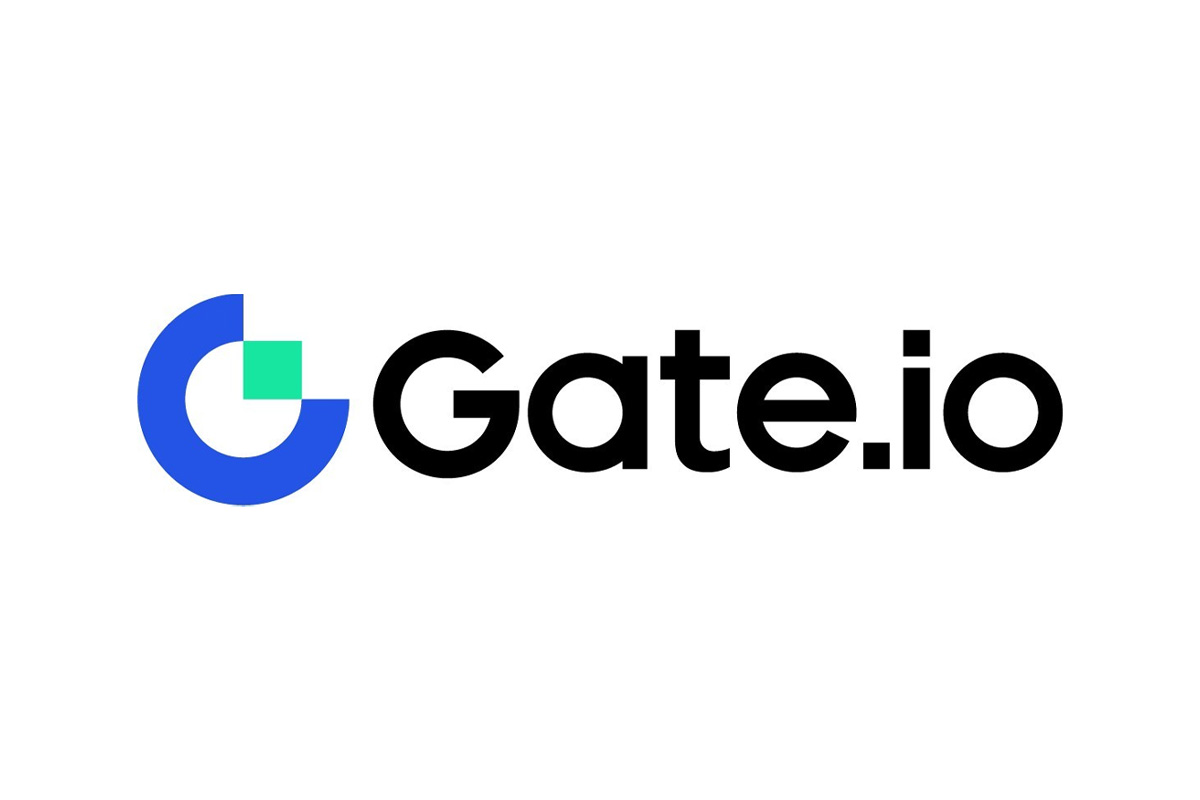
What’s better than low fees? No fees. Gate.io is excited to announce ZERO trading fees on most spot and contract market trading pairs. The no-fee structure will be launched in two phases, first on September 16 (UTC) and then on September 20 (UTC), for spot and other markets, respectively.
After a breakthrough year for the exchange, this radical change in fees is an ambitious move to give back to the crypto community. The removal of fees on this scale is unmatched by any other mainstream exchange, making Gate.io the industry’s most affordable platform for crypto trading.
Zero-fee breakdown
As a gesture of goodwill to millions of users worldwide, maker and taker fees on all spot market USD, BTC, and ETH quote currency trading pairs and BTC/USDT have been completely removed as of September 16 (UTC).
As of September 20 at 10:00 (UTC), there will be no fees on all spot ETF pairs, USD-M and BTC-M perpetual futures pairs, USDT-M and BTC-M delivery futures pairs.
USD-pegged stablecoins such as USDC, TUSD, PAX, BUSD, and HUSD are denominated in USD and can be traded as USD spot pairs without the need for conversion and with no fees. With USD-pegged stables being the most commonly traded stablecoins on the market, having no fees helps make trading much cheaper. These reduced fees will remain in place indefinitely until further notice.
United with the crypto community
The crypto market has been pretty sluggish so far this year, so Gate.io is lending a hand to users so they can weather the storm together.
Though recently, Ethereum’s Merge has managed to spark the interest of its supporters and the entire crypto community. The ability to trade ETH at no cost will support the Ethereum community and, as an extension, its thriving ecosystem. And regardless of the ongoing bear market, Bitcoin still stands as the most traded digital asset by a wide margin. Making BTC a no-fee asset helps ease the trading experience for millions of users.
Fewer fees. Fewer worries.
Gate.io makes trading a secure, easy, and low-cost experience so traders can better focus on their positions and strategies and worry less about the rest.
Eliminating trading fees is another user experience enhancement following Gate.io’s 9th anniversary, which also included refreshed branding, lower and more flexible fees platform-wide, trading competitions with multi-million dollar max prize pools, and much more.
On Gate.io, user asset security is always priority number one. It was the first exchange to provide verifiable user asset reserves audit by a certified firm and is currently in the process of another audit. Meaning all user assets on the exchange are genuinely held and available for withdrawal at any time.
With nearly a decade of refinement, fine-tuning, and industry experience, Gate.io provides a comprehensive and safe trading experience trusted by millions of crypto users worldwide. Users can trade over 1,500 cryptocurrencies on over 2,500 trading pairs in the spot and futures market and access lending, contracts, options, NFTs, Web3, copy trading, exclusive fee discounts and bonus rewards.
Blockchain
authID Reports Financial and Operating Results for the First Quarter Ended March 31, 2025
Blockchain
Blockchain Futurist Conference Releases Final Schedule
Blockchain
U.S. Factoring Services Market Analysis by Product, Technology, Grade, Application and End-user (2019-2032) – Next-Gen Technologies Drive Surge in Alternative Financing Access for SMEs
-
Blockchain6 days ago
Colb Asset SA Raises $7.3 Million in Oversubscribed Round to Bring Pre-IPO Giants to Blockchain
-

 Blockchain Press Releases5 days ago
Blockchain Press Releases5 days agoHTX and Justin Sun Launch $6M Mars Program Special Edition, Offering One User a Historic Space Journey
-

 Blockchain5 days ago
Blockchain5 days agoBlocks & Headlines: Today in Blockchain – May 9, 2025 | Robinhood, Solana, Tether, China, Women in Web3
-

 Blockchain4 days ago
Blockchain4 days agoBitget Blockchain4Youth sostiene l’innovazione del Web3 e dell’IA all’hackathon “Build with AI” di Google Developer Group
-

 Blockchain6 days ago
Blockchain6 days agoBlocks & Headlines: Today in Blockchain – May 7, 2025 | Coinbase, Riot Games, Curve DAO, Litecoin, AR.IO
-

 Blockchain Press Releases4 days ago
Blockchain Press Releases4 days agoBybit Surpasses 70 Million Users, Reinforces Commitment to Transparency and Institutional Growth
-

 Blockchain Press Releases5 days ago
Blockchain Press Releases5 days agoMEXC Lists USD1, Accelerating Global Stablecoin Innovation with World Liberty Financial
-

 Blockchain6 days ago
Blockchain6 days agoFlipido Trading Center Launches ‘Flipido Learn’ Platform to Empower Crypto Investors Through Education






















